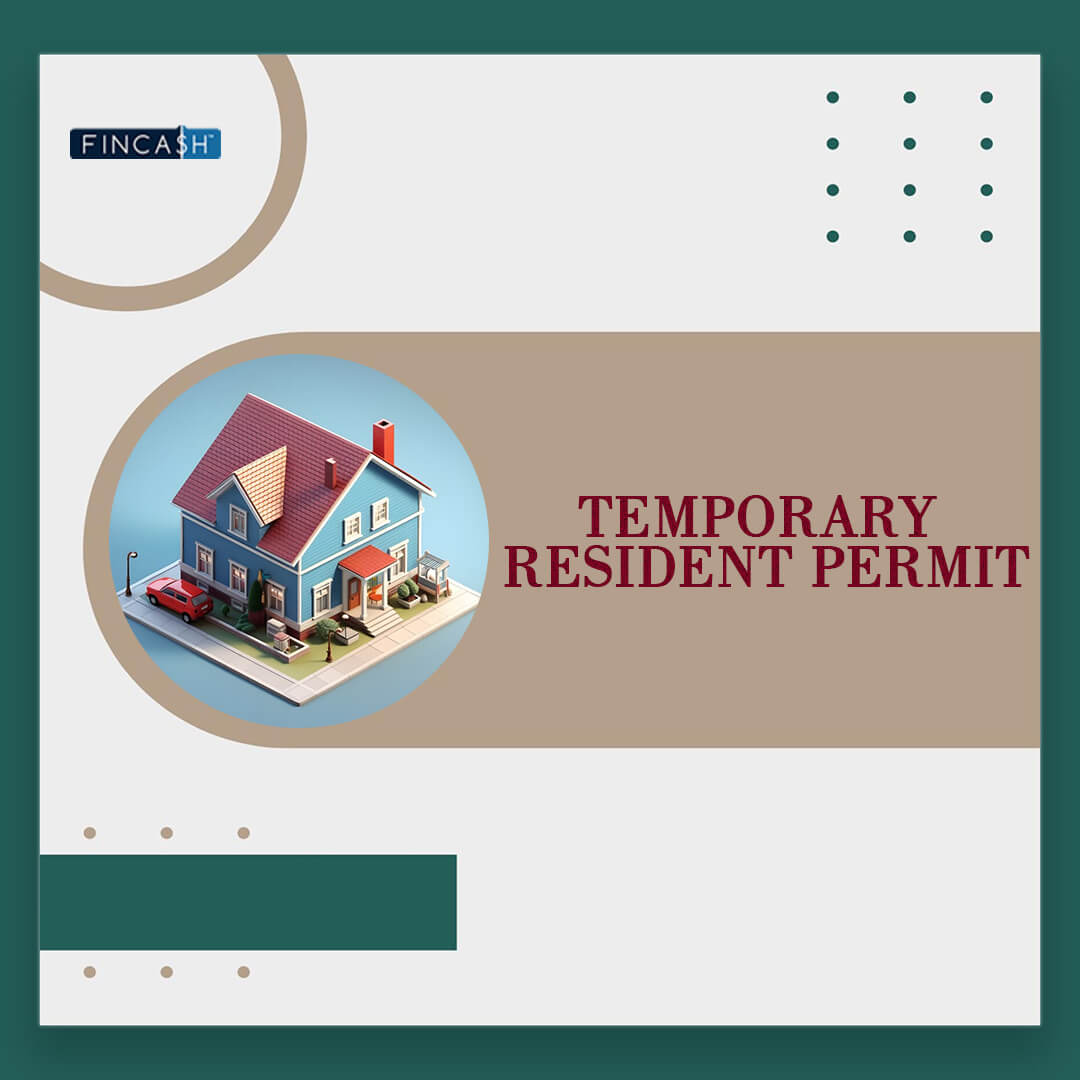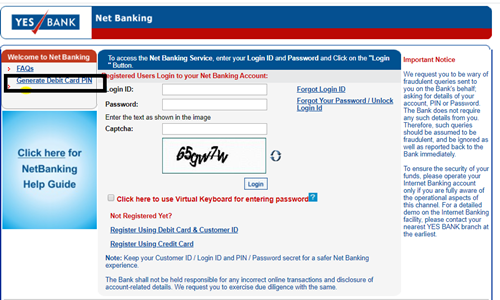
Table of Contents
- What is a Temporary Resident Permit (TRP)?
- Purpose of a TRP
- Temporary Resident Permit Application Process
- Benefits of a TRP
- Challenges in Applying for a Temporary Resident Permit
- Tips to Get a Temporary Resident Permit (TRP)
- Temporary Resident Permit Vs. Temporary Resident Visa: Understanding the Difference
- Conclusion
Exploring Temporary Resident Permit
A Temporary Resident Permit (TRP) is a vital document for individuals who wish to visit or stay in a foreign country for a limited duration, whether for tourism, work, or other reasons. TRPs are especially beneficial for those who may not qualify for a regular visa but have legitimate reasons to enter a foreign nation.

In this article, let’s delve into the details of TRPs, explaining their purpose, application process, and their advantages.
What is a Temporary Resident Permit (TRP)?
A Temporary Resident Permit, often called a TRP, is a government-issued document granting individuals the temporary legal right to stay or visit a foreign country. TRPs are different from regular visas as they are typically used to allow entry for those who might not meet the standard visa requirements. These permits come in various forms and are issued for various purposes, including tourism, work, and family visits.
Purpose of a TRP
Temporary Resident Permits serve several essential functions:
Overcoming Inadmissibility: One of the primary purposes of TRPs is to provide a solution for individuals who would otherwise be considered inadmissible due to criminal records, health concerns, or insufficient documentation
Temporary Visits: TRPs are particularly useful for short-term visits, such as attending conferences, conducting business meetings, or exploring a foreign country as a tourist
Work: Some countries offer TRPs for foreign workers who intend to take on short-term employment assignments within their borders
Family Reunification: TRPs can also be used to reunite families for a limited time, allowing visits to loved ones living in another country
Talk to our investment specialist
Temporary Resident Permit Application Process
The process for obtaining a Temporary Resident Permit can vary from one country to another. However, here’s a general outline of what applicants can expect:
Eligibility Check: Determine if you meet the eligibility criteria for a TRP in your chosen destination. Some common factors considered are criminal history, health, and the purpose of the visit
Application Submission: Complete and submit the required application form. Be prepared to provide documentation that supports your application, such as a valid passport, police clearance certificates, medical exams, and other relevant documents
Payment: Pay the application fees, which can vary based on the country, the purpose of the permit, and the length of stay
Processing Time: Wait for the processing of your application, which can Range from a few weeks to several months, depending on the country and the complexity of your case
Decision: You'll receive a decision once the authorities review your application. If approved, you will be issued a Temporary Resident Permit
Benefits of a TRP
Temporary Resident Permits offer several advantages to individuals who may otherwise be unable to visit or work in a foreign country:
- Inadmissibility Solutions: TRPs provide a solution for those with criminal records or other inadmissibility issues, allowing them to enter the country for a limited time
- Flexibility: TRPs are often issued for shorter durations, making them suitable for those who only require temporary access
- Family Reunification: TRPs can temporarily enable family members to visit or live with their loved ones in a foreign country
- Business Opportunities: TRPs can open doors for international business opportunities, allowing individuals to attend conferences, meetings, or other work-related events.
Challenges in Applying for a Temporary Resident Permit
One of the most intricate aspects of the TRP application process lies in crafting a compelling narrative that rationalises why an individual should be granted entry into the country.
- To secure approval, the application must successfully persuade immigration authorities that the applicant has undergone rehabilitation and has moved past their past mistakes or poor choices
- It must convincingly demonstrate that the applicant does not threaten the local population if granted entry
A Temporary Resident Permit can extend for as long as three years, allowing for multiple re-entries; however, the applicant must provide substantial documentation to support the requested duration, justifying their need for travel.
Once an individual holds a Temporary Resident Permit, crossing the border with a prior criminal record should be relatively straightforward, provided that the entry waiver remains valid and no new criminal charges have arisen. Unless it is a genuine emergency, submitting a Temporary Resident Permit application to a consulate is advisable, even if the wait for a response may be inconvenient, as this is generally a more effective approach than applying at the border.
Tips to Get a Temporary Resident Permit (TRP)
Follow the below-mentioned tips for the success of the TRP application:
Choose the Appropriate Duration
While Temporary Resident Permits (TRPs) can extend for up to three years, securing one valid for more than two years is uncommon. In most cases, immigration authorities grant permits for the specific duration needed to complete the planned visit, ranging from a week to a few days. Therefore, approval is likely to be challenging if you request a three-year Temporary Residency Permit for a single-day visit. When applying for a multiple-entry Temporary Resident Permit, it’s essential to provide evidence demonstrating a recurring or periodic need for travel in your TRP application.
Ensure You Have a Legitimate Travel Reason
To successfully apply for entry with a criminal record using a Temporary Resident Permit, an applicant must have a genuine and essential reason for requiring access to the country. This is particularly critical when submitting a TRP application at the border, typically reserved for emergencies. It is advisable to have documented evidence to support the urgency of your travel when seeking a TRP at the border.
If you intend to enter the country for leisure or reasons deemed less significant by border officials, your chances of obtaining permission are likely reduced. If your sole motive for entering is recreational, it might be advisable to delay your visit until you can apply for Criminal Rehabilitation. Those unsure about the favourability of their purpose for visiting should consider seeking guidance from a TRP lawyer.
Include Comprehensive Supporting Documents
To secure approval for a DUI Temporary Resident Permit, an applicant’s need to enter the country must outweigh potential risks. Consequently, including supporting documentation that underscores the necessity of a traveller’s visit can significantly enhance their likelihood of TRP approval. Similarly, when seeking an extended TRP, it is essential to adequately substantiate the requirement for multiple journeys with a substantial array of accompanying documents.
Temporary Resident Permit Vs. Temporary Resident Visa: Understanding the Difference
Individuals may find themselves occasionally perplexed by the distinction between a Temporary Resident Permit and a Temporary Resident Visa. A Temporary Resident Permit (TRP) serves as a means for someone otherwise admissible to Canada, such as a U.S. citizen or resident, to address criminal inadmissibility and hopefully gain successful entry into the country. On the other hand, a Temporary Resident Visa (TRV) is a requisite document for individuals hailing from non-visa-exempt countries, like those from China or India, when seeking entry into Canada for tourism purposes. Importantly, a TRV is not associated with the eligibility to enter Canada with a DUI record.
Understandably, the Temporary Resident Visa applications (form IMM 5257) and the TRP application (form IMM 1444) may appear strikingly similar, and the names themselves can be confusingly alike. However, it’s crucial for Americans with a DUI conviction who intend to visit Canada to focus their attention on a Temporary Resident Permit (TRP) application rather than applying for a Canadian visa. While TRPs can be valid for up to three years, prospective visitors to Canada should recognise that applications for longer-term Temporary Resident Permits generally demand a more comprehensive and robust submission.
Conclusion
Temporary Resident Permits are crucial in facilitating international travel and short-term stays for individuals who may not meet the standard visa requirements. Whether for business, tourism, or family reunification, TRPs provide a pathway to explore the world and connect with people and opportunities abroad. Understanding the purpose, application process, and benefits of a Temporary Resident Permit is essential for anyone seeking temporary entry to a foreign country.
All efforts have been made to ensure the information provided here is accurate. However, no guarantees are made regarding correctness of data. Please verify with scheme information document before making any investment.







